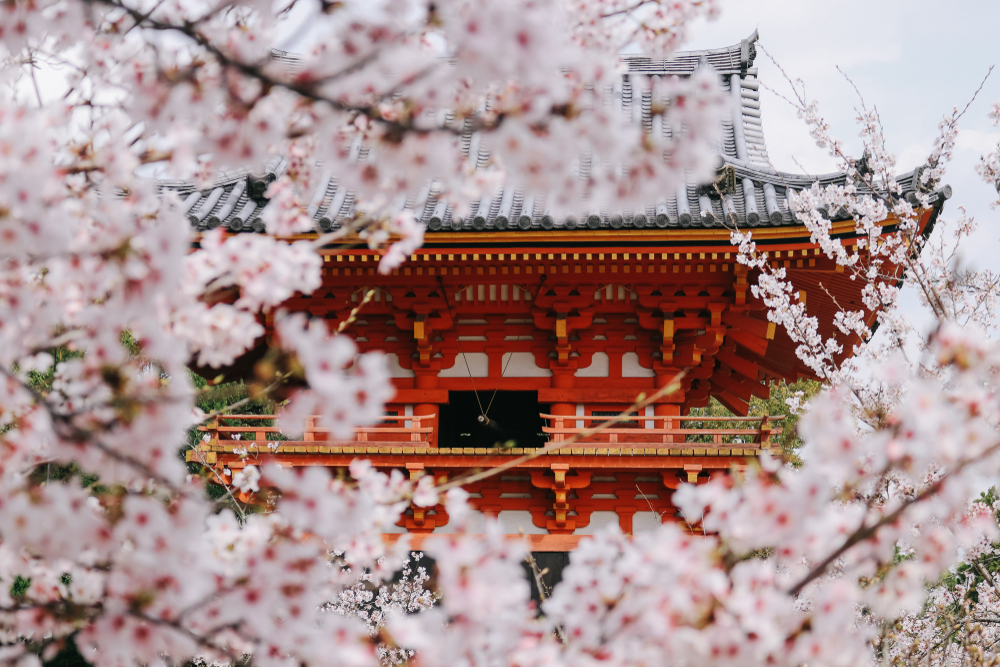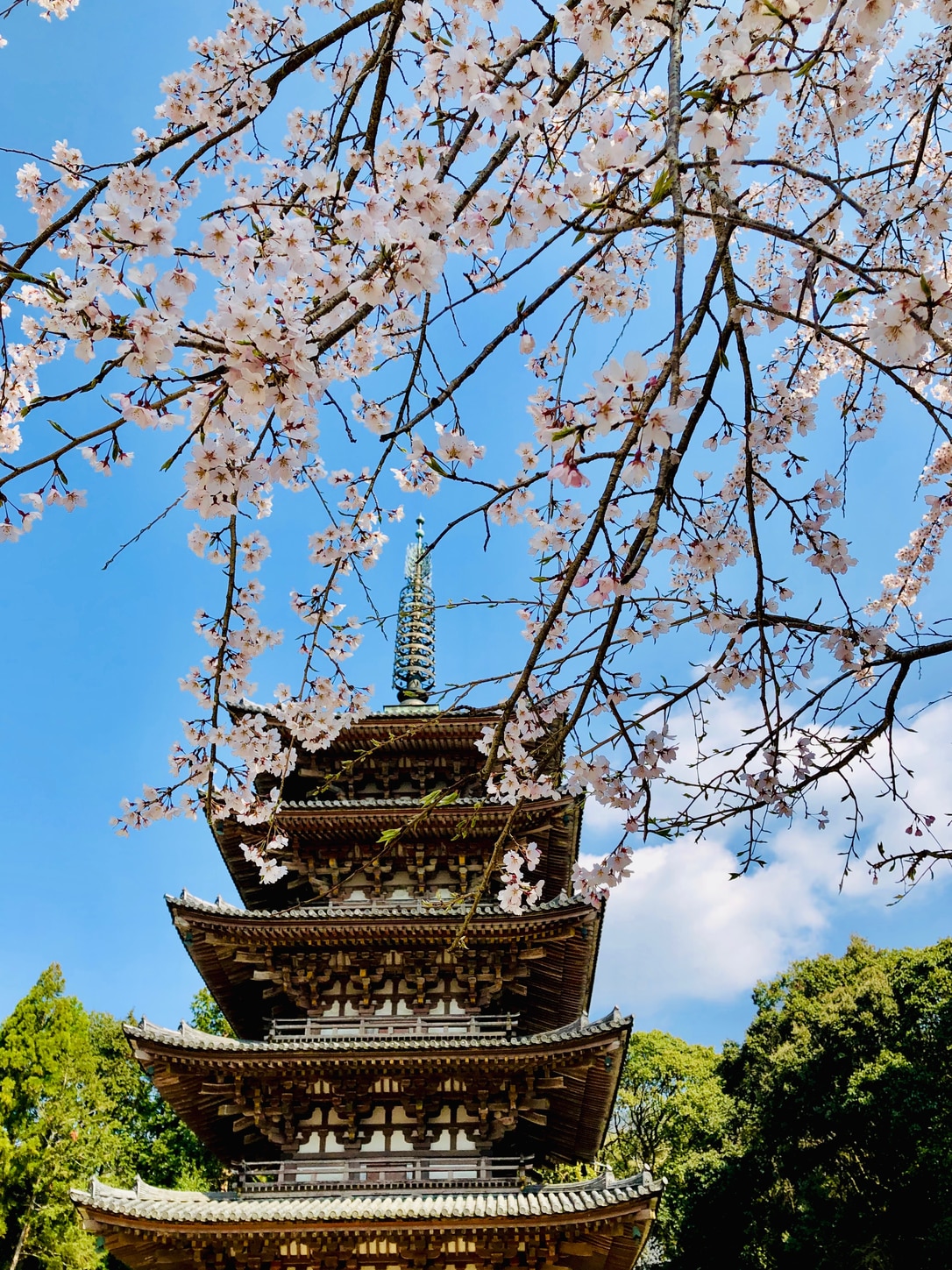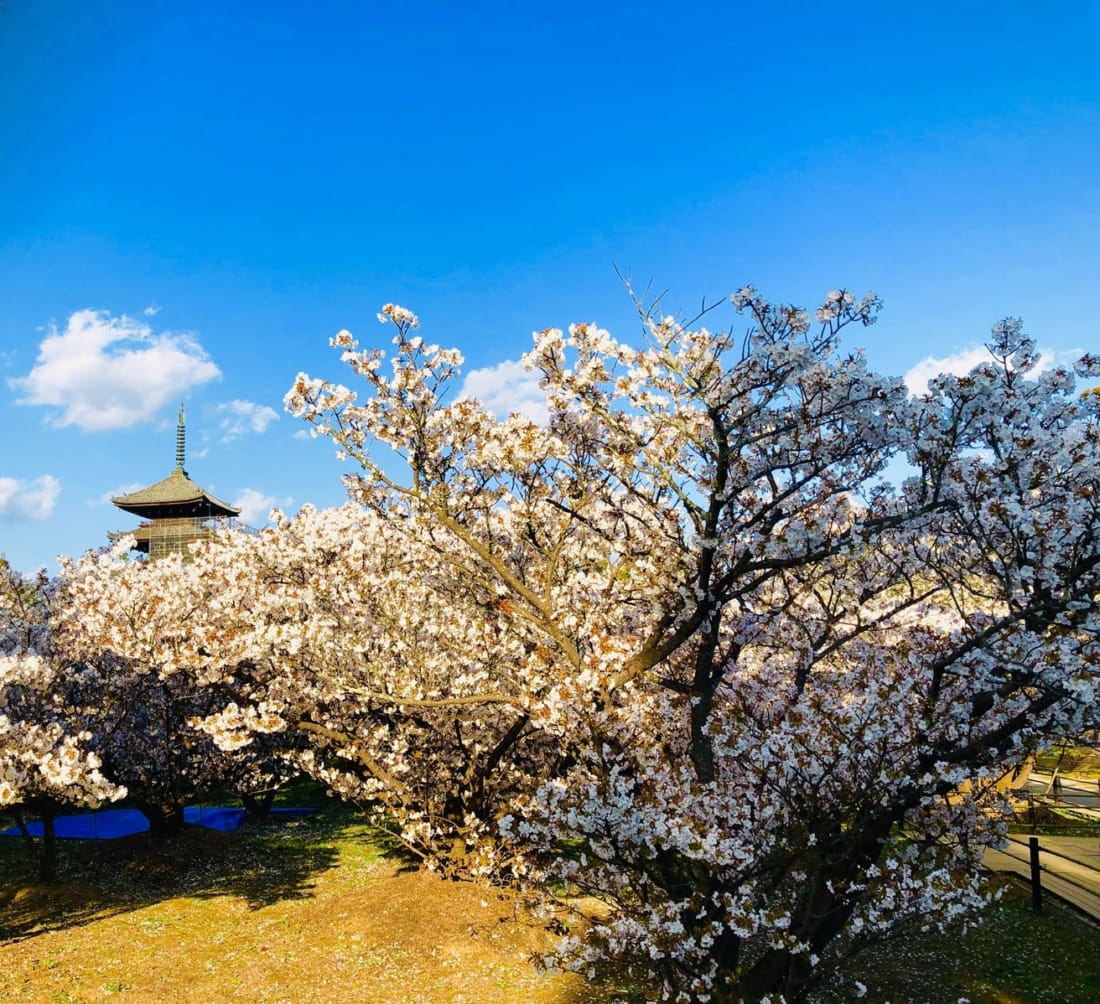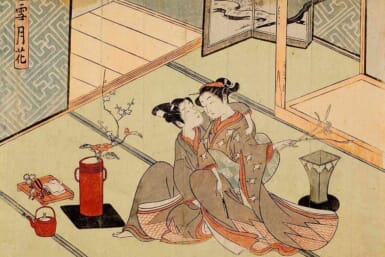The history of cherry blossom-viewing dates back to middle of 9th century when emperor Saga held a hanami (flower viewing party) underneath sakura trees instead of the conventional plum blossoms.
Amidst the momentum of promoting indigenous Japanese culture, the popularity of the native flower grew rapidly and transformed the predominant landscapes of spring in Japan.
Today, through late March to April, the elegant colors of the cherry blossoms blend into the exquisite landscapes of modern Kyoto, creating sceneries that are fabulous works of natural art that cannot be found anywhere else in the world.
Here are some recommend sites to witness the aesthetics of cherry blossoms at the heart of Japan’s traditional and cultural hub.
Daigoji
Located southeast from Kyoto City, Daigoji is a gigantic Buddhist temple built in 874, which covers an extensive area of approximately 6.6 million square meters.
Daigoji looks at its prime when its ground is brimmed with eloquent colors of over 1,000 cherry blossoms trees. The extent of its beauty has beckoned numbers of visitors throughout history, including big names such as Toyotomi Hideyoshi.
It is well known that Hideyoshi adored the blossoms here and held an epic hanami known as “Daigo no Hanami” (Flower viewing of Daigo), which involved more than 1,000 guests. The lavish style of flower-viewing is typical to Hideyoshi’s time and characterizes the hanami of the Azuchi-Momoyama period (1568-1600).
Hideyoshi also designed the Japanese garden of Sanboin himself so that he could indulge the elegance of the season to the maximum. Many of the vestiges of the era still remain in Daigoji and offer modern day visitors a glimpse of the aesthetic beauties that was once devotedly loved by a shogun.
Another highlight of Daigoji is the five-storied pagoda – the oldest architecture of Kyoto that is designated as a national treasure of Japan. When the shades of sakura pink engulf the surrounding of the monument you are guaranteed to sceneries that are absolutely instragrammable.
Details
• Admission to Daigoji is ¥1,500 (includes all costs for viewing Sanboin, Garan, Reihokan during spring).
• For access to Daigoji, board the train from JR Kyoto Station to Yamashina Station on the Tokkaido (Biwako line) or Kosei line then change to a subway (Tozai line) for Daigo Station and walk approximately 10 minutes to the temple. You may also catch the Keihan bus for Daigoji from JR Kyoto Station as well.
Ninnaji
Located North from central Kyoto, Ninnaji is a former summer house of the imperial family later converted to a Buddhist temple in 888.
The jewel of Ninnaji is most definitely the Omuro sakura – a type of sakura tree that is significantly short in height and late blooming compared to the rest.
As you walk through the passageway surrounded with approximately 200 Omuro sakura trees, you will immediately notice how close the flowers are to you and feel astonished with the pastel colors that ceaselessly burst in to your sight.
One of the iconic features of Ninnaji you cannot go without seeing is the five-storied pagoda. The illusionary vision of the monument floating on sea of pink blossoms is one otherworldly view you cannot find anywhere else.
Details
• Admission to Ninnaji is ¥500.
• For access to Ninnaji board the trains at JR Kyoto Station on the JR Sagano line to Hanazono Station then walk approximately 15 minutes to the temple. You may also ride the Kyoto City bus (26) from Kyoto Station then get off at Omuro Ninnaji bus stop for the temple.
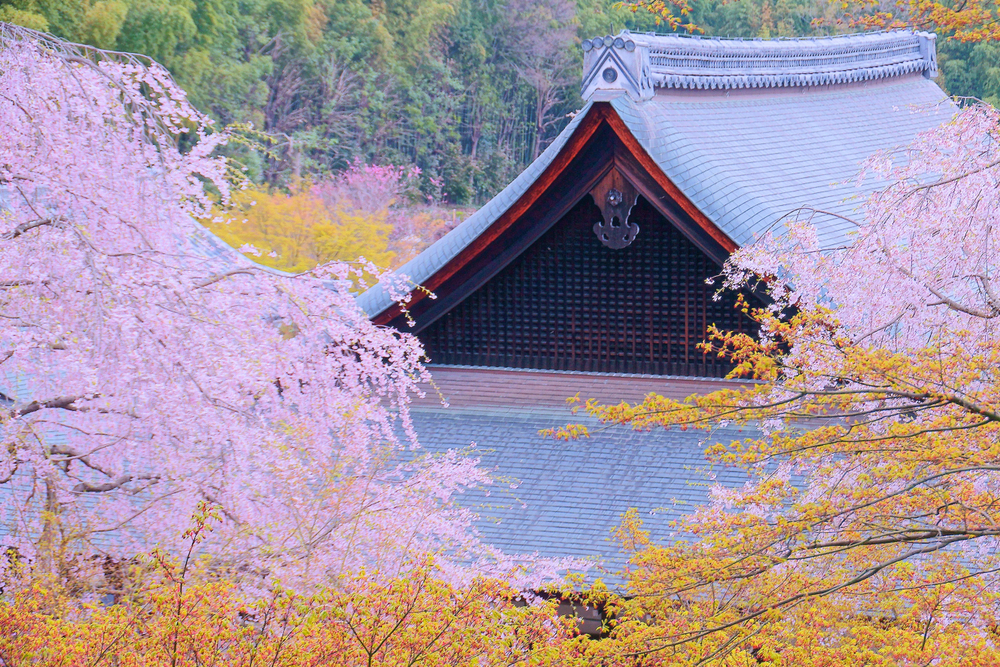
Fang ChunKai / Shutterstock.com
Arashiyama – Tenryuji and Togetsukyo
While Arashiyama is particularly famed for the bamboo forest, the art of this place further gleams up a notch when the wondrous colors of the cherry blossoms bedazzle the vast area.
Tenryuji is the top ranked Rinzai sect Zen Buddhist temple built by the shogun, Ashikaga Takauji, during the 14th century.
Tenryuji’s Japanese Zen garden (Designated a place of scenic beauty), designed by a Zen master named Mugaku Soseki, is packed with aesthetic senses of Zen and filled with gorgeous seasonal blooms all year round. During spring, the garden looks extra elegant when the borrowed sceneries of Arashiyama dress in pink colors of sakura.
Aside from the famous garden, the magnificent Shidare sakura (weeping cherry blossoms) planted around the Tahoden is another spotlight of Tenryuji to behold. A vision of this Shidare sakura from the hill top known as “Bokyo no Oka” is one heavenly view you cannot possibly go without witnessing.
When you visit Tenryuji, be sure to stop for a walk over the Togetsukyo Bridge as well.
A stroll across the pristine stream of Katsura river accompanied with a view of Arashiyama dotted with marvelous colors of spring will surely leave you spellbound in the world of Japanese art.
Details
• Admission to Tenryuji is ¥500.
• For access to Tenryuji, board the train from JR Kyoto Station on the Saga Arashiyama line to Saga Arashiyama station then walk about 13 minutes to the temple. You may also ride the Kyoto City bus or Kyoto bus from Kyoto Station and get off at Arashiyama Tenryuji Mae bus stop or Keifuku Arashiyama Eki Mae bus stop for the temple as well.
Feature image: PangJee_S / Shutterstock.com

